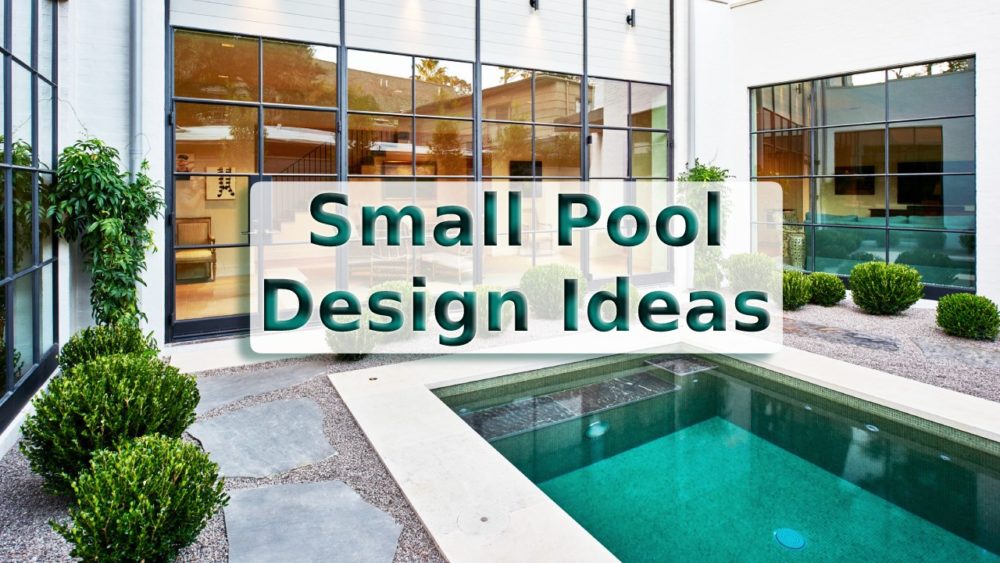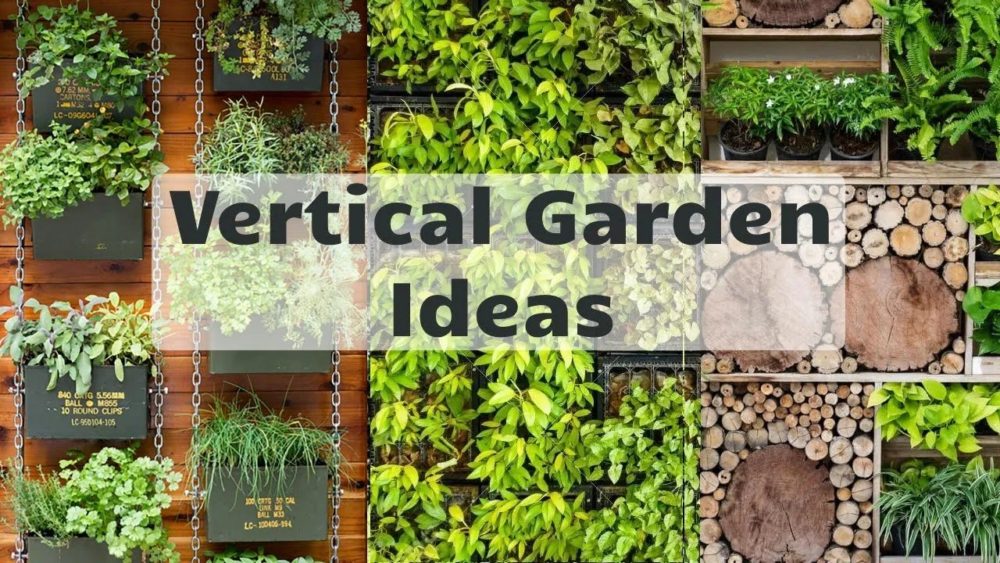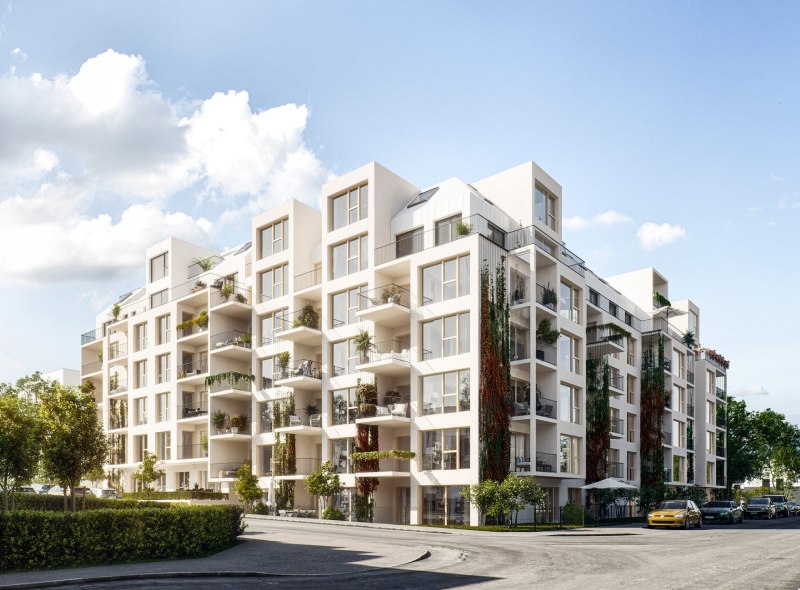In the field of architecture, the synergy between materials and technology plays a pivotal role in shaping modern structures. The dynamic interplay of innovative materials and cutting-edge technologies not only influences the aesthetics and functionality of buildings but also addresses challenges like sustainability. This article explores the evolving nature of architectural design and underscores the significance of materials and technology in shaping the contemporary built environment. You can read more about ancient architecture and its influence on modern homes on the website https://www.topproject.co.il/architecture/, which presents examples of the interweaving of modern and classic architectural solutions.
Traditional vs. Modern Architectural Materials

Embarking on a historical journey, we encounter the enduring use of traditional materials that have woven themselves into the very essence of architecture.
- Wood: Symbolizing organic warmth, wood has been a staple in construction, providing not only structural integrity but also a connection to nature.
- Stone: Bearing the weight of time, stone structures stand as testaments to architectural resilience, each piece telling a story etched by centuries.
- Brick: A versatile building block, brickwork has formed the backbone of countless structures, offering a robust yet adaptable foundation.
However, the narrative takes a significant turn with the advent of technological advancements, introducing a new chapter in architectural possibilities.
- Steel: Celebrated for its structural strength and versatility, steel has allowed architects to reach new heights, creating iconic skyscrapers that defy gravity.
- Glass: Transparent and transformative, glass invites natural light, altering spatial experiences and blurring the boundaries between interior and exterior spaces.
- Concrete: Malleable and robust, concrete exemplifies the marriage of durability and adaptability, enabling architects to sculpt and mold structures with unprecedented precision.
Innovative Materials in Architecture
As architecture ventures into the realms of innovation, a myriad of cutting-edge materials emerges, reshaping the boundaries of what is conceivable in design and construction.
- Self-Healing Concrete: At the forefront of technological ingenuity, self-healing concrete possesses the ability to autonomously repair cracks, enhancing the longevity and structural integrity of buildings. This material represents a paradigm shift in maintenance, offering a sustainable solution to the wear and tear of traditional construction.
- Smart Glass: A transformative element in modern architecture, smart glass adapts to external conditions, controlling light and heat transmission. This dynamic material not only enhances energy efficiency but also provides architects with the means to create adaptable, responsive spaces that cater to user comfort and environmental considerations.
- Bamboo and Recycled Materials: Embracing sustainability, architects are increasingly turning to materials like bamboo and recycled elements. Bamboo’s rapid growth and versatility make it an eco-friendly alternative for structural components, while recycled materials contribute to reducing environmental impact, offering a second life to discarded resources.
Technology Integration in Architecture
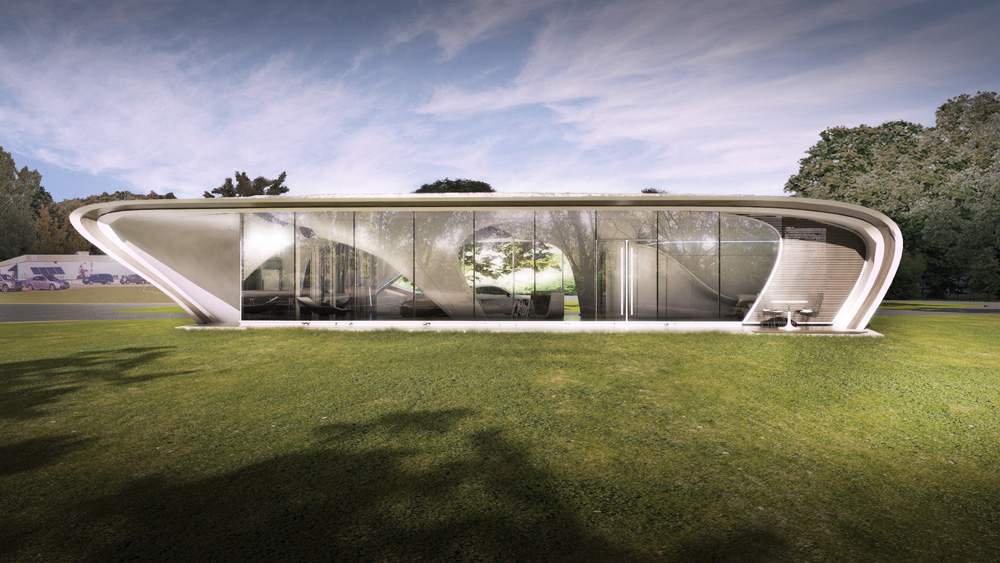
The seamless fusion of technology and architecture has ushered in a new era of design possibilities and construction methodologies. This section delves into the pivotal role that technology plays in shaping the contemporary landscape of architectural practices.
- Building Information Modeling (BIM): Revolutionizing the design and planning phases, BIM is an intricate digital modeling system that facilitates comprehensive collaboration among architects, engineers, and construction teams. It goes beyond traditional 2D drawings, enabling a holistic 3D representation of a building’s entire life cycle, from conceptualization to maintenance.
- 3D Printing: A groundbreaking innovation in construction, 3D printing allows architects to translate intricate digital designs into tangible, full-scale structures. This additive manufacturing technique not only accelerates the construction process but also opens avenues for intricate and complex architectural forms that were once challenging to achieve.
- Virtual Reality (VR): Transforming the way architects visualize and present their designs, VR immerses stakeholders into digital environments, providing an interactive and immersive experience. Architects can navigate through virtual spaces, offering a realistic preview of the final design, enhancing communication, and refining details before the physical construction begins.
Sustainable Practices in Architecture
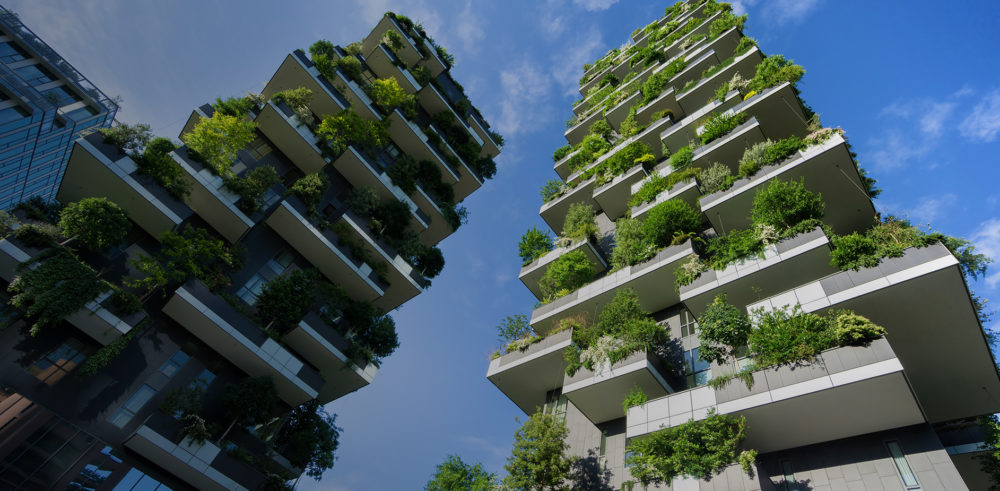
In response to the escalating environmental concerns, sustainable architecture has emerged as a pivotal force, steering the industry towards a more ecologically conscious and responsible future. This section underscores the burgeoning significance of sustainable practices in shaping the contemporary architectural landscape.
- Eco-Friendly Materials: Embracing materials with minimal environmental impact is a cornerstone of sustainable architecture. This includes a shift towards renewable resources, such as bamboo and recycled materials, as well as exploring low-impact production processes, reducing the carbon footprint associated with construction.
- Energy-Efficient Technologies: The integration of energy-efficient technologies is paramount in sustainable design. This involves harnessing solar and wind energy, implementing smart building systems to optimize energy consumption, and utilizing innovative HVAC solutions to minimize environmental impact and enhance energy efficiency.
- Green Building Certifications: Acknowledging and validating sustainable efforts, green building certifications such as LEED (Leadership in Energy and Environmental Design) have become instrumental in the industry. These certifications set benchmarks for sustainable design and construction practices, encouraging architects to adhere to stringent environmental standards.
Future Trends
Anticipating the trajectory of architectural innovation, this section peers into the horizon of emerging trends that are poised to shape the future of architectural materials and technology.
- Nanotechnology: At the forefront of futuristic possibilities, nanotechnology introduces materials and processes at the molecular or atomic scale. This revolutionary approach offers enhanced material properties, structural strength, and even the potential for self-assembling structures, opening avenues for unprecedented precision and performance in architectural design.
- Bio-Inspired Design: Drawing inspiration from nature, bio-inspired design is gaining prominence as architects seek sustainable and resilient solutions. Mimicking biological processes and structures, this approach fosters innovative materials and construction methods, creating buildings that seamlessly integrate with the environment and harness nature’s efficiency.
- Futuristic Concepts: Beyond the known realms of architecture, various futuristic concepts are gaining traction. This includes the exploration of responsive and adaptive structures that can dynamically adjust to environmental conditions, as well as the integration of artificial intelligence in architectural design processes, enabling buildings to learn and adapt over time.
Conclusion
In summary, this exploration of architectural materials and technology highlights a dynamic interplay between tradition and innovation. From traditional materials to cutting-edge innovations, the evolution in architectural design and construction is palpable. The showcased materials, technology integration, sustainable practices, and future trends underscore the integral role of these elements in shaping the architectural landscape. As we witness an ongoing evolution, it is clear that the synergy between materials and technology is not only shaping the present but is a crucial force in defining the future of architecture—a future marked by sustainability, resilience, and continual design innovation.



